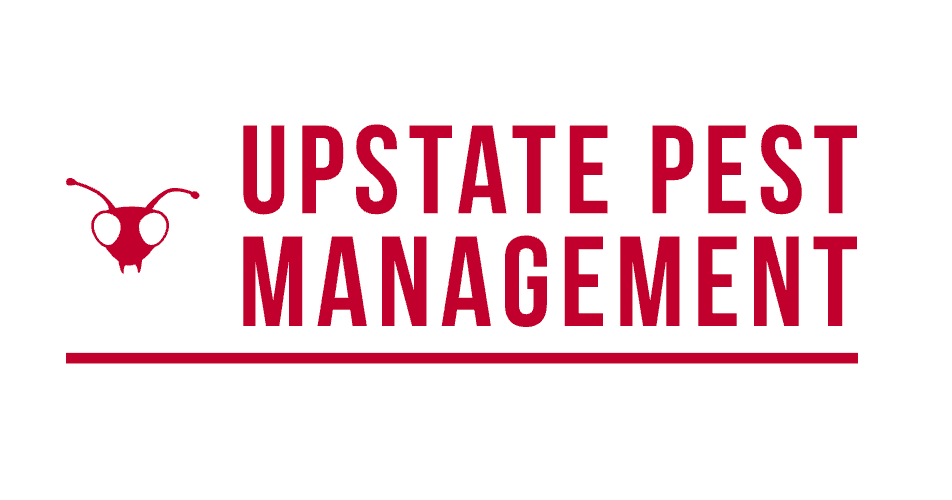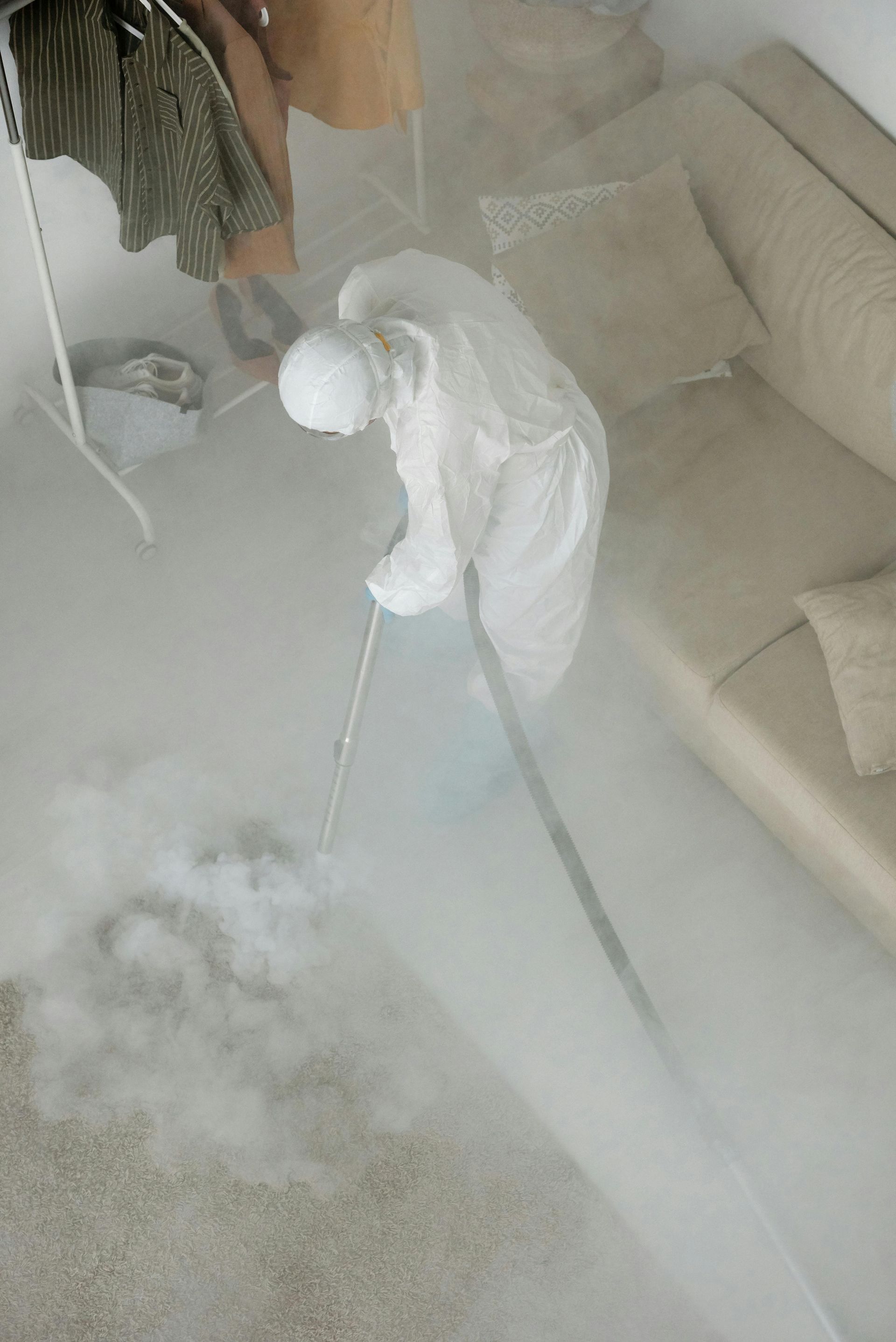Pest Control Maintenance Plans vs. One-Time Treatments: Which Saves You More?
When facing a pest problem, property owners often grapple with choosing between a comprehensive pest control maintenance plan and quick one-time treatments. While emergency treatments might seem cost-effective initially, they rarely address underlying issues that allow pests to return. Understanding the long-term financial implications and effectiveness of each approach helps you make an informed decision regarding pest control services that protects both your property and your budget.
The best pest control maintenance plan offers consistent protection through regular inspections, preventive treatments, and ongoing monitoring that catches problems before they escalate into costly infestations. This comprehensive approach not only saves money over time but also provides peace of mind that your property remains protected year-round.
Key Takeaways
- Maintenance plans typically provide significant cost savings compared to multiple one-time treatments for equivalent protection
- Regular maintenance prevents costly structural damage that can result from untreated pest infestations
- Commercial pest control contracts often include guarantees and priority service that one-time treatments cannot match
- Preventive treatments catch problems early, avoiding emergency service fees and extensive damage repair costs
- Maintenance plans provide consistent service schedules that work around your business operations or family routines
- Year-round protection maintains property value and prevents health risks associated with pest-borne diseases
Understanding Pest Control Cost Structures
Pest control cost varies significantly based on treatment frequency, property size, pest severity, and service scope. Depending on the specific pest problem and treatment complexity, one-time treatments typically range from $100 to $600 per visit, with most falling between $300 to $550 for average-sized homes. However, these isolated treatments often require multiple follow-up visits when pest issues resurface, quickly escalating total costs.
A comprehensive pest control maintenance plan spreads treatment costs across regular service intervals, typically reducing per-treatment expenses compared to emergency or one-time services. Monthly maintenance plans cost $40 to $75 per visit, while annual plans range from $300 to $900. These plans include scheduled inspections, preventive treatments, and ongoing monitoring that identifies potential problems before they require emergency intervention. The predictable payment structure also helps with budget planning and eliminates surprise expenses from unexpected pest emergencies.
Commercial pest control often requires more sophisticated treatment protocols and documentation for regulatory compliance. Business properties benefit significantly from maintenance plans that ensure consistent service delivery without disrupting operations. The cost structure for commercial properties typically includes volume discounts and customized service schedules that align with business needs.
Hidden Costs of One-Time Treatments
Beyond immediate treatment costs, one-time services generate additional expenses, including emergency service premiums and multiple visits for persistent problems. Property damage from untreated issues like termite structural damage, rodent wire destruction, and moisture problems can result in expensive repairs.
Health-related costs from pest-borne diseases, allergens, and contamination can result in medical expenses and business liability issues. These indirect costs often exceed direct treatment expenses, making preventive maintenance plans more cost-effective than initial comparisons suggest.
| Service Type | Annual Cost Range | Coverage Benefits |
|---|---|---|
| One-Time Treatments | $300 - $550 per visit | Reactive treatment, no prevention, variable results |
| Maintenance Plan | $300 - $900 annually | Preventive care, guaranteed service, consistent protection |
This comparison demonstrates how maintenance plans deliver superior value through consistent service delivery and preventive protection. While one-time treatments appear less expensive initially, requiring multiple visits throughout the year for equivalent protection quickly exceeds annual maintenance plan costs.
Long-Term Benefits of Pest Control Maintenance Plans
The best pest control maintenance plan extends beyond simple treatment scheduling to provide comprehensive property protection. Regular monitoring allows technicians to identify potential pest entry points, moisture issues, and environmental conditions that attract unwanted visitors. This proactive approach prevents minor issues from developing into major infestations that require extensive remediation.
Preventive Protection Advantages
- Quarterly inspections identify problems before visible signs appear, preventing damage to structures and stored materials
- Seasonal treatments target specific pests during their active periods, maximizing treatment effectiveness
- Barrier treatments create protective zones around properties that deter pest entry year-round
- Documentation tracking helps identify patterns and adjust treatment strategies for optimal results
Service Guarantee and Priority Access
Maintenance plan customers typically receive service guarantees that provide re-treatment at no additional cost if pest problems persist between scheduled visits. This guarantee eliminates the financial risk associated with treatment effectiveness and ensures continuous protection. Priority scheduling also means faster response times when unexpected pest issues arise, preventing minor problems from escalating into major infestations.
Many providers also offer specialized services like rodent exclusion, termite monitoring, and integrated pest management strategies that address multiple pest types simultaneously. These comprehensive approaches provide better overall protection than single-pest treatments and often include environmental modifications that make properties less attractive to future infestations.
Treatment Effectiveness and Technology Advantages
Modern maintenance plans incorporate digital monitoring systems and integrated pest management protocols that provide superior results compared to one-time applications. This data-driven approach allows technicians to adjust strategies based on performance metrics rather than guesswork, while treatment rotation prevents pest resistance development.
Integrated approaches combine biological controls, habitat modification, and targeted applications that address problems from multiple angles simultaneously. Maintenance plans provide the consistent application necessary for these comprehensive strategies to achieve optimal long-term results.
Situations Where One-Time Treatments Are Appropriate
While maintenance plans offer superior long-term value, specific situations may warrant one-time treatments. Isolated pest incidents caused by temporary conditions like construction debris, weather events, or accidental introductions might not require ongoing protection. Properties undergoing major renovations may benefit from targeted treatments during specific construction phases.
Emergency situations requiring immediate intervention often begin with intensive one-time treatments before transitioning to maintenance plans. Severe infestations may need specialized treatment protocols that exceed standard maintenance plan coverage. However, these emergency treatments should be viewed as the first step toward establishing ongoing protection rather than a complete solution.
Rental properties with short-term occupancy periods might use targeted treatments between tenants rather than maintaining year-round service. However, landlords should consider the liability risks and potential property damage that could result from untreated pest issues between occupancy periods.
Commercial Pest Control and Business Protection
Commercial pest control requirements often exceed residential needs due to regulatory compliance, customer safety, and reputation management concerns. Businesses cannot afford pest-related shutdowns, health department violations, or customer complaints that damage their professional reputation. Maintenance plans provide the consistent documentation and proactive protection that business operations need.
Food service establishments, healthcare facilities, and retail operations must maintain pest-free environments to meet industry standards and regulatory requirements. One-time treatments cannot provide the consistent monitoring and documentation that auditors and regulators expect. Commercial maintenance plans typically include detailed reporting, compliance documentation, and specialized treatment protocols that meet industry-specific requirements.
The cost of business interruption from pest-related issues far exceeds the investment in preventive maintenance. A single health department violation or customer complaint can result in revenue loss, legal liability, and reputation damage that takes months or years to overcome. Commercial pest control maintenance plans provide essential business protection that goes far beyond simple pest elimination.
Regional Factors Affecting Pest Control Decisions
Geographic location significantly influences pest pressure and treatment requirements. Regions with year-round warm climates face different challenges than areas with distinct seasonal patterns. Properties in North Carolina and similar southeastern states deal with extended pest seasons that make maintenance plans particularly valuable for consistent protection.
A pest control maintenance plan in NC that property owners choose should address regional pest species like termites, fire ants, mosquitoes, and other warm-climate pests that remain active throughout most of the year. Local expertise becomes crucial for developing effective treatment schedules that target specific pest life cycles and seasonal activity patterns.
Environmental factors like humidity, rainfall patterns, and vegetation types also influence pest pressure and treatment frequency. Properties near wooded areas, water sources, or agricultural operations typically require more intensive monitoring and treatment than urban properties with limited natural pest habitats. Professional assessment helps determine appropriate service intervals based on specific property conditions and regional pest pressure.
Climate-Specific Pest Challenges
Southeastern regions experience unique pest pressures requiring year-round protection. Subterranean termites remain active in mild winters, fire ants expand rapidly during warm months, and mosquitoes persist into late fall. Moisture-related pests like cockroaches and silverfish thrive in humid conditions common to many southeastern areas.
Storm damage and flooding create temporary conditions, attracting various pest species seeking shelter. Maintenance plan customers receive priority response during these events, preventing temporary problems from becoming established infestations requiring extensive remediation.
Calculating Return on Investment for Pest Control Options
Determining true return on investment requires analyzing both direct costs and potential savings from prevented damage over three to five years. Consider replacement costs for items pests commonly damage, business interruption expenses, and the value of time spent coordinating multiple service calls.
Insurance considerations and property value protection represent additional financial benefits. Some policies require documented preventive maintenance, while well-maintained properties with pest control histories command higher resale values and attract quality tenants more easily.
How to Choose Between Maintenance Plans and One-Time Treatments
To evaluate your specific situation, you should consider several factors, including property type, pest history, budget constraints, and risk tolerance. Properties with previous pest issues, multiple pest types, or conducive conditions typically benefit most from maintenance plans. The initial assessment should identify underlying conditions that attract pests and determine whether these factors can be permanently eliminated or require ongoing management.
When comparing options, you should calculate the total annual costs by estimating the number of treatments needed if relying on one-time services versus the fixed cost of a maintenance plan. Include potential costs for damage repair, emergency service fees, and business interruption. Consider the value of predictable service scheduling and guaranteed response times that maintenance plans provide.
Professional consultation helps you identify the most cost-effective approach based on your specific circumstances.
Experienced technicians can assess risk factors, predict seasonal pest pressure, and recommend service intervals that provide optimal protection within your budget. With this personalized approach, you can be sure that you receive appropriate protection without paying for unnecessary services.
Frequently Asked Questions
How much can I save with a pest control maintenance plan compared to one-time treatments?
Annual maintenance plans typically cost $300-$900 compared to one-time treatments at $300-$550 per visit. Property owners requiring multiple treatments per year will find maintenance plans more economical, especially when factoring in prevented damage and avoided emergency service fees.
What happens if pests return between scheduled maintenance visits?
Quality maintenance plans include service guarantees that provide re-treatment at no additional cost if pest problems persist between visits. Most providers also offer priority scheduling for maintenance plan customers when unexpected issues arise.
Are commercial pest control maintenance plans different from residential services?
Commercial plans typically include more frequent inspections, detailed documentation for regulatory compliance, and specialized treatment protocols for specific industries. They also often provide priority emergency response and customized service schedules that minimize business disruption.
How often should maintenance treatments be scheduled?
Service frequency depends on pest pressure, property conditions, and seasonal factors, typically ranging from monthly to quarterly visits. Properties in high-pest-pressure areas or with conducive conditions may require more frequent service than properties with minimal risk factors.
Can I switch from one-time treatments to a maintenance plan later?
Yes, most providers offer flexible options to transition from one-time treatments to maintenance plans. However, establishing a maintenance plan early provides better protection and typically costs less than multiple emergency treatments followed by preventive service.
Final Thoughts
The decision between pest control maintenance plans and one-time treatments ultimately depends on your specific situation, but the financial and practical advantages of maintenance plans become clear when you consider long-term protection needs. While one-time treatments may seem less expensive initially, they rarely provide the comprehensive protection and cost savings that maintenance plans deliver over time.
Investing in the best pest control maintenance plan for your property provides predictable costs, guaranteed protection, and peace of mind that your home or business remains protected year-round. Professional consultation can help you evaluate your specific needs and choose the most cost-effective approach that provides optimal protection within your budget.
Don't wait for pests to return! Schedule your free Inspection and get your custom pest control maintenance plan quote today!
Reference:
https://www.climatehubs.usda.gov/taxonomy/term/400


